Dried beans are easy to grow and can be stored after harvest for healthy and delicious food throughout the winter in the form of our favorite bean stew, baked beans, etc.
There are many benefits to producing your own low-cost vegetable-based protein. Beans are rich in B vitamins, minerals and fiber.
The bean pods are spread out in a clean and sunny open space where they are air-dried, turning periodically to dry the beans evenly. The dry bean is harvested when it "rattles" in the pod. Traditionally, legumes are tied to a one to two meter pole.
Dried beans require the beans to be removed from the pods. For small quantities, you can do this by hand by opening the pods. The beans should be cleaned and sorted.
For small amounts, do this by hand as well, using a hair dryer to blow out the residue and dry it further if necessary.
Store dried beans in a dry and airtight jar/container away from sunlight.
The beans are best used the season they are harvested, but they will last for several seasons, if needed.
When you decide to cook beans, soak the beans overnight in a bowl of water.
The bean-to-water ratio when boiling should be 1:3. Change the water three times when you boil them and always add hot water after each change.
After the third water change, leave the beans to simmer, until they become tender in the pot, covered with a lid. It will take you up to 2 hours of boiling.
Add fat, carrots, tomatoes, spices.
It is also a good idea to prepare vegan beans or, if you are a fan of meat - beans with meat.
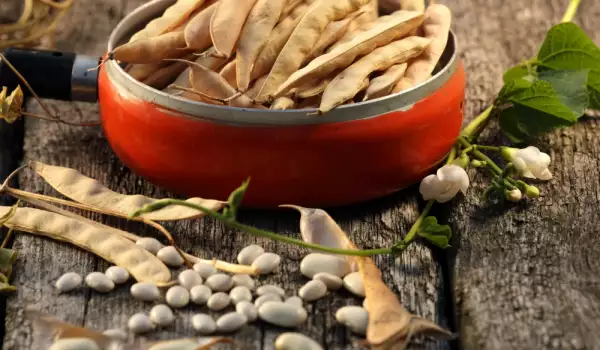
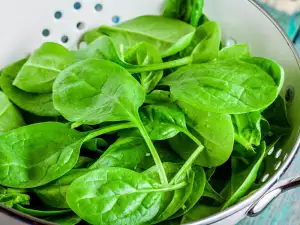


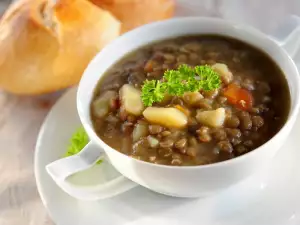

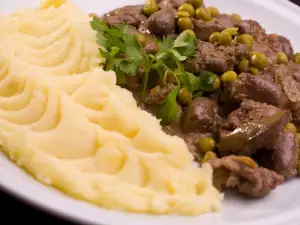
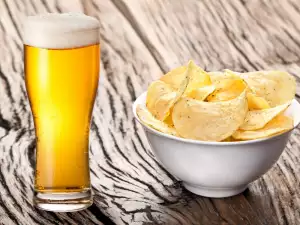

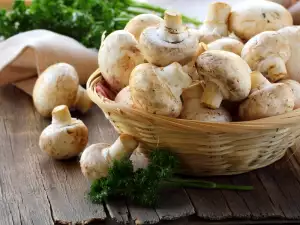
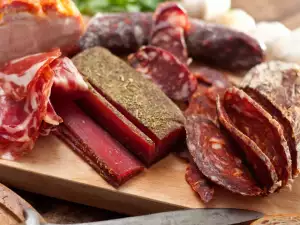
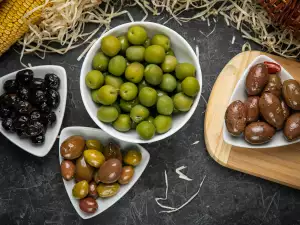
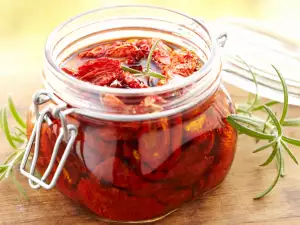
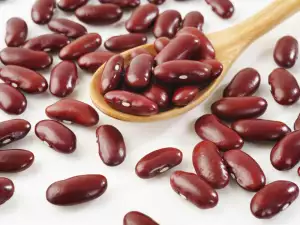
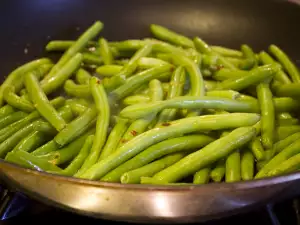
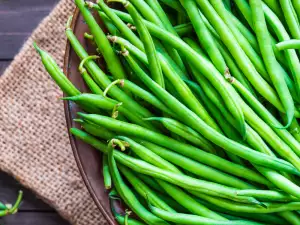



Comments